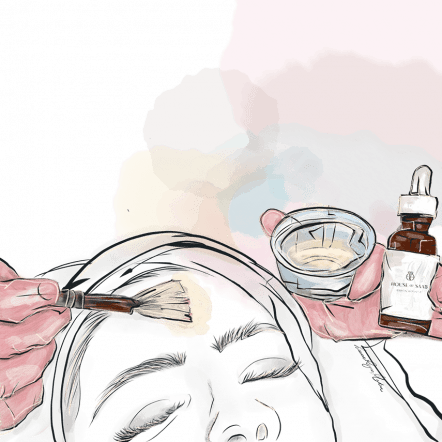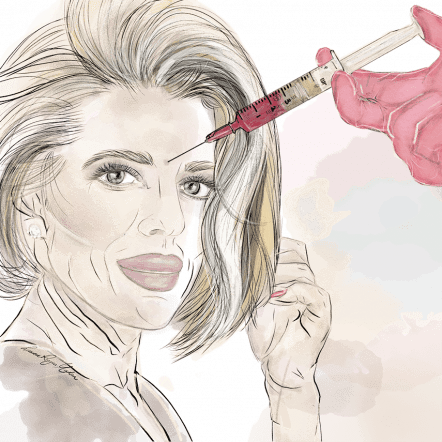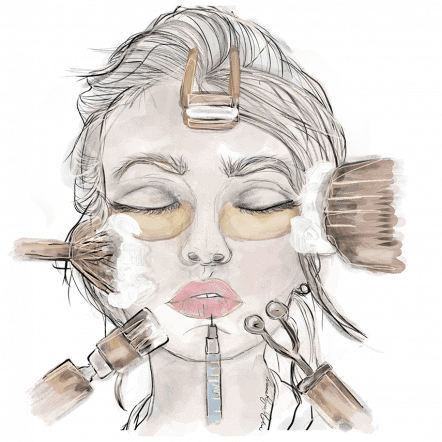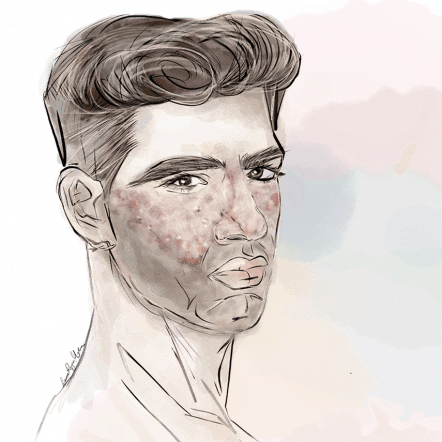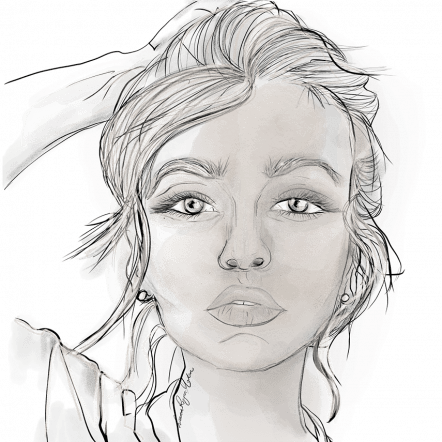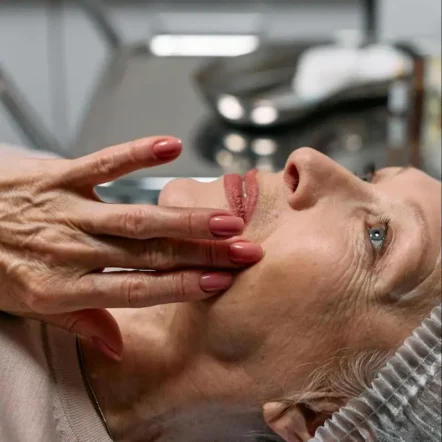

Condition
Scarring
What is scarring?
Scarring can take on many different forms, including: keloid scars, hypertrophic scars, pitted scars, rolling scars and contracted scars. They generally have a different tone to your usual skin colour, starting as a red or purple mark that fades to a white or silvery colour as they mature. A scar can develop on any part of the body or face and occurs when the skin has been damaged, cut or torn; purposely or accidentally.
What are the causes?
Injury or trauma can impair the structure of the skin, which causes the body to naturally respond by repairing the damage. This process produces collagen which accumulates at the injured site and works to knit the skin back together. However, collagen has a different tone and texture to that of normal skin cells, which doesn’t often blend in. The type of scarring that develops will often depend on how the skin was damaged and how much collagen is produced to repair it. Burns will often develop a widespread type of scarring that can look crumpled, with many ridges (known as contracted scars). This can feel taut and may even restrict movement.
Acne scarring is a common example of damaged skin and one that sees the development of pitted or rolling scars – appearing as indentations or a rippled effect on the skin. It is usually the inflammation that occurs from acne that causes damage to the skin, which can also be accompanied by discolouration (pigmentation).
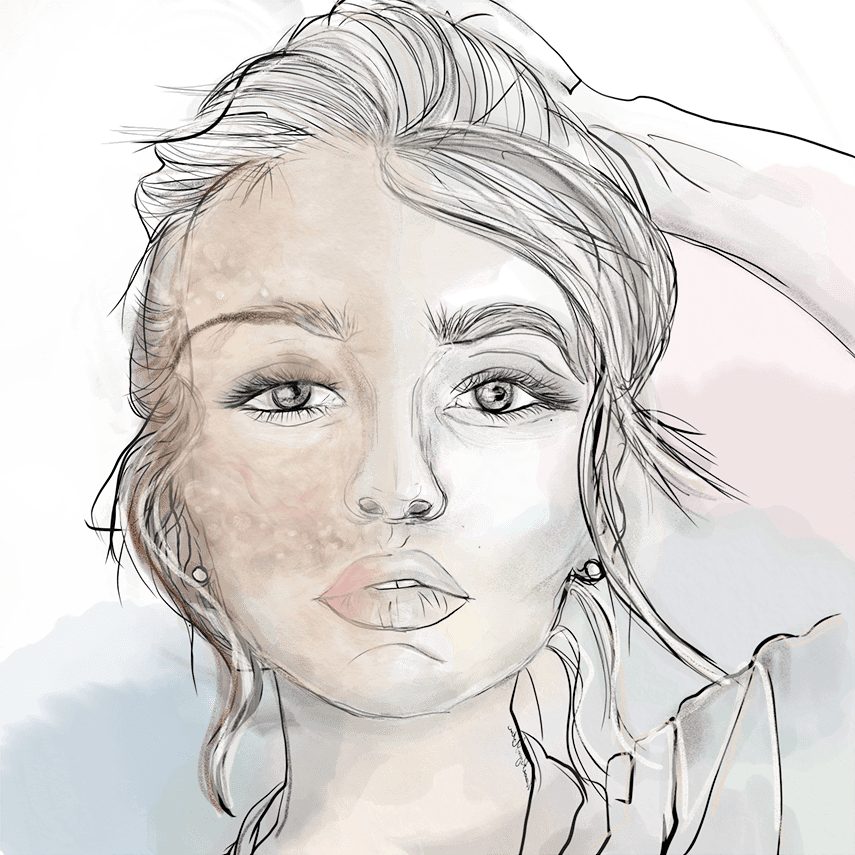
What is scarring?
Scarring can take on many different forms, including: keloid scars, hypertrophic scars, pitted scars, rolling scars and contracted scars. They generally have a different tone to your usual skin colour, starting as a red or purple mark that fades to a white or silvery colour as they mature. A scar can develop on any part of the body or face and occurs when the skin has been damaged, cut or torn; purposely or accidentally.
What are the causes?
Injury or trauma can impair the structure of the skin, which causes the body to naturally respond by repairing the damage. This process produces collagen which accumulates at the injured site and works to knit the skin back together. However, collagen has a different tone and texture to that of normal skin cells, which doesn’t often blend in. The type of scarring that develops will often depend on how the skin was damaged and how much collagen is produced to repair it. Burns will often develop a widespread type of scarring that can look crumpled, with many ridges (known as contracted scars). This can feel taut and may even restrict movement.
Acne scarring is a common example of damaged skin and one that sees the development of pitted or rolling scars – appearing as indentations or a rippled effect on the skin. It is usually the inflammation that occurs from acne that causes damage to the skin, which can also be accompanied by discolouration (pigmentation).


































